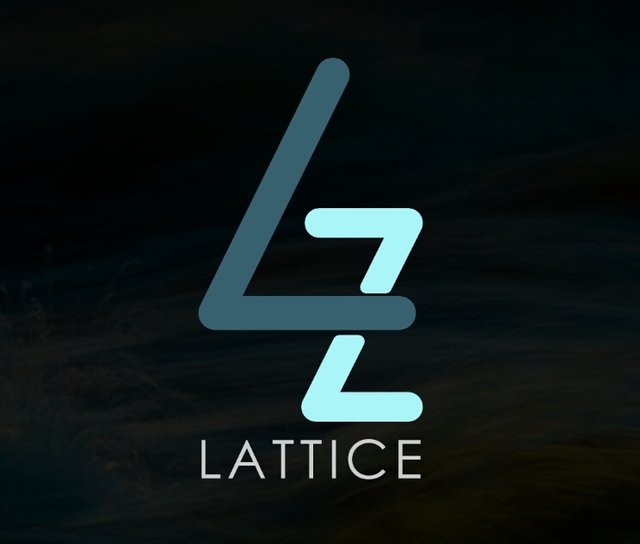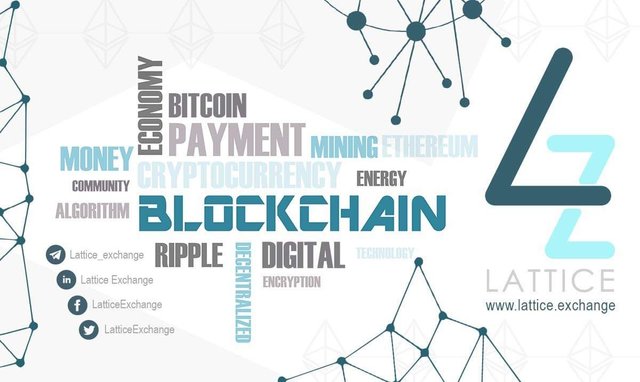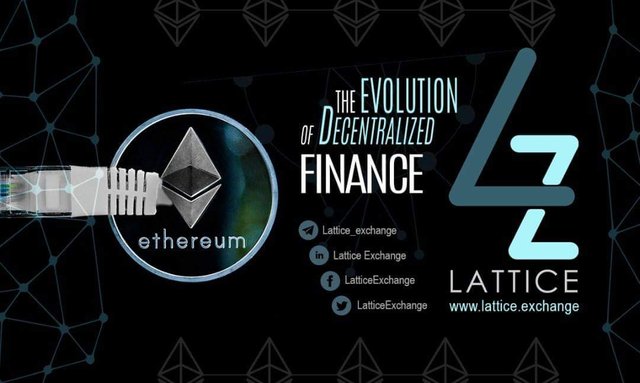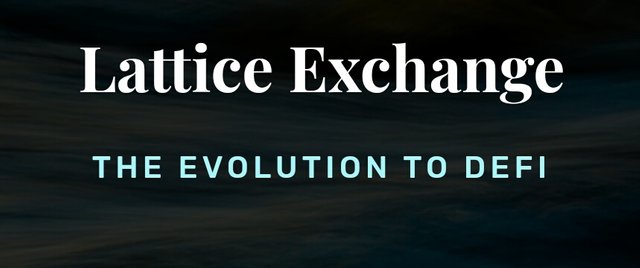
About The DeFi Applications and/or Projects
The blockchain space has grown tremendously over the years. Before now, we used to crave for ICO projects, then it gradually progressed into IEO and STO and nowadays it is all about DeFi. That is to show that, each year or each phase comes with its own trend and innovations, which in one way or the other tends to attract more attention and more investors to the crypto space. The truth is, the crypto space will only be growing to attain more heights such that will make mass adoption possible.
Like already mentioned, DeFi is the current trend now owing to its way of bringing about decentralized financial services which is far better and more convenient than traditional financing options. Also, owing to the potentials within DeFi, its current market cap is already exceeding $10 billion. But however, it is sad to note that, amidst all these possibilities and potentials within DeFi, it seems to be limited by certain issues like high transaction fees, lack of cross-chain interoperability, low network speed, inefficient data oracelization, inefficient order matching algorithms and low available liquidity.
But the question is, what actually is responsible for these issues in current DeFi applications?

COMPARING THE ETHEREUM NETWORK AND THE CONSTELLATION PROTOCOL
To answer the question asked; let's take a look at the Ethereum blockchain.
Most DeFi projects are based on the Ethereum network and infrastructure, which of course offers the main protocol on which many DeFi projects operate on.
Currently, the Ethereum network has proven not to be cost-effective and not built for speed, scalability, and data secure. Even its sharding capabilities tend not to help out in this case as its synchronous chain still has scalability limitations which reduce the needed throughput and speed of the network.
On the other hand, there is currently no link connecting real-world data, wherein the third party data used to create advanced algorithmic trading, and data were of course created on the Ethereum Network, thus limiting innovative solutions from entering the crypto industry.
By looking at the Ethereum blockchain, it can be seen that it is somewhat responsible for the limitations faced by most DeFi projects.
But then again, another question arises which is, what can be done regarding this, such that DeFi projects can be efficient?
As usual, to answer the question, let's take a look at Constellation Protocol.
The Constellation Network or Protocol, Hypergraph, is an innovative solution with new infrastructure protocol that is a graph-based database called a Directed Acyclic Graph (DAG). This DAG or infrastructure protocol utilizes a dynamic partitioning for efficient data distribution across a decentralized distributed network, thus achieving infinite scalability and fast throughput to handle high computational needs for instant data processing. It also uses mathematical proofs, and concurrent consensuses, built into its Hypergraph Transfer Protocol (HGTP) to efficiently organize the network.
In addition, unlike the Ethereum network, Hypergraph and HGTP within the Constellation protocol is designed to allow fast and scalable throughput as well as easy cross-chain interoperability with other blockchain networks, existing data
managements and cloud infrastructures.
Where Ethereum blockchain, finds it difficult to link real-world data, the Constellation’s Hypergraph Transport Protocol (HGTP) offers a secure communications protocol that connects real-world applications through seamless tokenization or tokenized data.
Thus from this brief about the Constellation’s infrastructure, it can be seen that it solves the limitations of Ethereum regarding DeFi projects and also provides a robust solution for the existing DeFi market.
Therefore, by looking at DeFi projects, it can be agreed that a tremendous growth towards a decentralized financial system has been achieved. But with the current issues points to the fact, there have been significant drawbacks for traders and liquidity providers alike.
Hence, the reason why a project like Lattice Exchange is needed, which aims to transform the DeFi sphere while leveraging the Constellation Protocol to achieve its goals and objectives.

WHY LATTICE EXCHANGE IS BETTER THAN OTHER DeFi PROJECTS
Lattice or Lattice Exchange aims to utilize the Constellation Protocol to tackle the limitations of current DeFi applications through offering good liquidity, institutional-grade AMM algorithms as well as a faster and cheaper settlement owing to its use of the Constellation HGTP. In so doing, there is no doubt, Lattice will thereby bring institutional-grade reliability and usability to the DeFi ecosystem.
Since decentralization is the main aim, by using the Constellation protocol, Lattice also becomes a decentralized application as well as a DeFi solution built on the efficient Constellation Hypergraph infrastructure.

Five (5) Reasons Why Lattice Is Better Than Its Counterparts
Instead of being like other DeFi projects, Lattice, however, aims to bring about the evolution of existing DeFi solutions by providing better liquidity and more efficient asset-specific automated market-making (AMM) algorithms for traders and liquidity providers.
The infrastructure protocol Lattice is based on will enable it to have a higher assurance in crypto asset trading and settlements. This is because the solution is capable of advancing the blockchain industry with improved financial instruments, such that is cost-effective, have the needed speed, un-breachable security, and efficient scalability.
Everyone knows that the blockchain space is one filled with advanced and complex features. Thus, in the case of Lattice, through utilizing the Constellation’s HGTP as the base layer protocol, it will then be capable of supporting more complex trading algorithms thus offering faster trades and high computation needed for real-time trading.
Owing to the fact that the Constellation bridge also acts as a pathway for cross-chain transactions while also connecting HGTP to Ethereum, it also adds values such as horizontal scalability, increased speed, validation of complex data structures, reduced transaction costs etc. The advantage of this in Lattice platform is that it will make the platform easy and possible for users to choose or to build their own AMM for creating liquidity pools based on their preferred asset type.
In the crypto space today, whether in Decentralized exchanges (DEX) or Centralized exchanges (CEX), one of the biggest challenges is liquidity. This is why traders also tend to move to where there is more liquidity or order books are most liquid. Therefore, in a bid to ensure the best of services is achieved, Lattice exchange will enable higher liquidity and better prices from several uniswap exchanges thus allowing for less slippage and higher trading amounts.

CONCLUSION
One of the features of the Lattice platform is AMM based liquidity pool that allows lenders to earn transaction fees on their deposits (also called farming). Lattice also brings about a smart routing algorithm for trade execution across different platforms.
Other features are aggregated liquidity pools, access to multiple asset-specific automated market-making (AMM) algorithms capable of securing the best price and profitability for users.
Lattice also has a platform token with ticker LTX. And unlike other DeFi projects which are ERC 20 tokens, LTX token will be first based on the Ethereum blockchain, then during the third phase of the platform development, it will migrate to the Constellation protocol thus making Lattice token a governance token giving holders certain rights in regards transaction fees, inflation and deflation.
PLATFORM LINKS
Facebook: https://www.facebook.com/LatticeExchange
Twitter: https://twitter.com/LatticeExchange
LinkedIn: https://www.linkedin.com/company/lattice-exchange/
Telegram: https://t.me/Lattice_exchange
Whitepaper: https://lattice.exchange/Lattice-Exchange-Official-Whitepaper.pdf
Website: https://lattice.exchange/
Bounty0x Username: Chuky
Note: "A sponsored article written for a bounty reward."